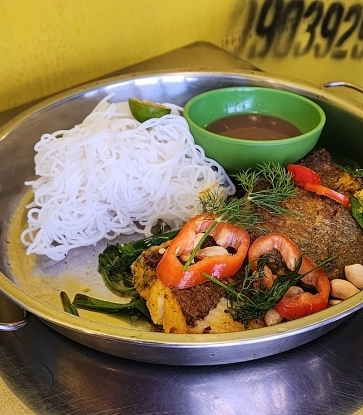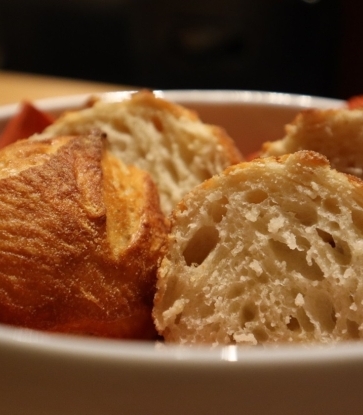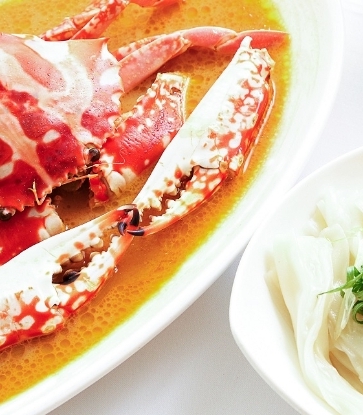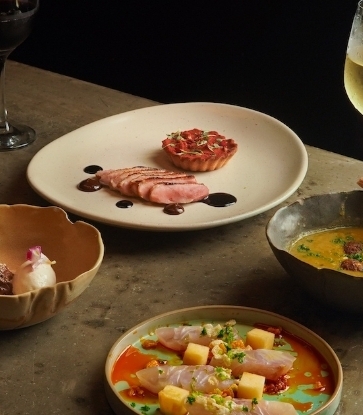At the Hong Kong outpost of revered Osaka restaurant Kashiwaya, chef Atsushi Takahashi follows the same philosophy of creating seasonal menus with artistic presentations. Under his masterful hands, Kashiwaya Hong Kong achieved two Michelin stars in the first year of its opening in 2016.
Takahashi was one of the five chefs from Michelin-starred restaurants who were invited to present their dishes at the MICHELIN Guide Taipei 2019 Gala Dinner on April 10. They presented their culinary creations that were inspired by five works of art that had been carefully selected and showcase Taiwan through the different perspectives of artists.

Artistry is an integral part of the elaborate kaiseki cuisine at Kashiwaya, expressed in every aspect of the dining experience from the décor to the tableware. Drawing inspiration from Lin Hung-Hsin’s painting entitled Corn Field, Takahashi created an intricate dish called Yamabuki, which is a palette of grilled corn and zucchini, and five morsels of stewed shrimp, corned duck, caviar over sea urchin and firefly squid, each with its own specially created sauce.
Can you share more details about your dish?
Because yellow is associated with corn in the painting, I decided I had to use corn in the dish. In Kashiwaya, there are a number of corn dishes, but this time we decided to do something innovative, to use corn to develop a kuzuyaki, which is something similar to mochi. Next, the five lines led me to think of five categories. I wanted to have five different flavours and pair them with five different sauces, at the same time putting the colour pairing into consideration, as colour is one of the important elements in Kashiwaya’s cuisine. Colour-wise, we follow the Chinese wisdom of yin-yang and the five elements which I believe many of us are familiar with. The colours include yellow, white, black, red and green, and we turn them into five sauces with Japanese ingredients. With each sauce comes different toppings.

I was appreciating the painting of Mr Lin and wrote about some of my thoughts in the dish descriptions. It’s a painting that combines old and new techniques, as showcased in the five straight lines that are added to the scene of the cornfield.
To start, I am very attracted to the weight of the lines — they exude a sense of weak and strong, and I think this is where the intricacy lies. When I first saw the cornfield in the painting and learnt about the theme and the art piece, it reminded me of yellow because of the corn, and green because of all the leaves in the painting. Yellow, green and five lines were the first ideas I developed for the dish.
How is cooking similar to art?
We cook every day and I treat cooking as an art, so in this sense, art is in my everyday life. To me, food is art. Although by appreciating other forms of things can also make you happy, food can send happiness to all five senses — from sight to smell to taste, food entices all five senses and I reckon this is why food is so unique.
Cooking and art are similar in many ways, but they are also very different in the sense that the “art piece” created by a chef cannot be preserved — in truth, I’d be upset if my dish were left unfinished and I’d be very happy if the guest clears his plate.
Nowadays, we can photograph the dish, but to me, food is art when it stays in people’s minds and draws them to go back to the same restaurant. Art has the power to instil a sense of contentment in people.






















